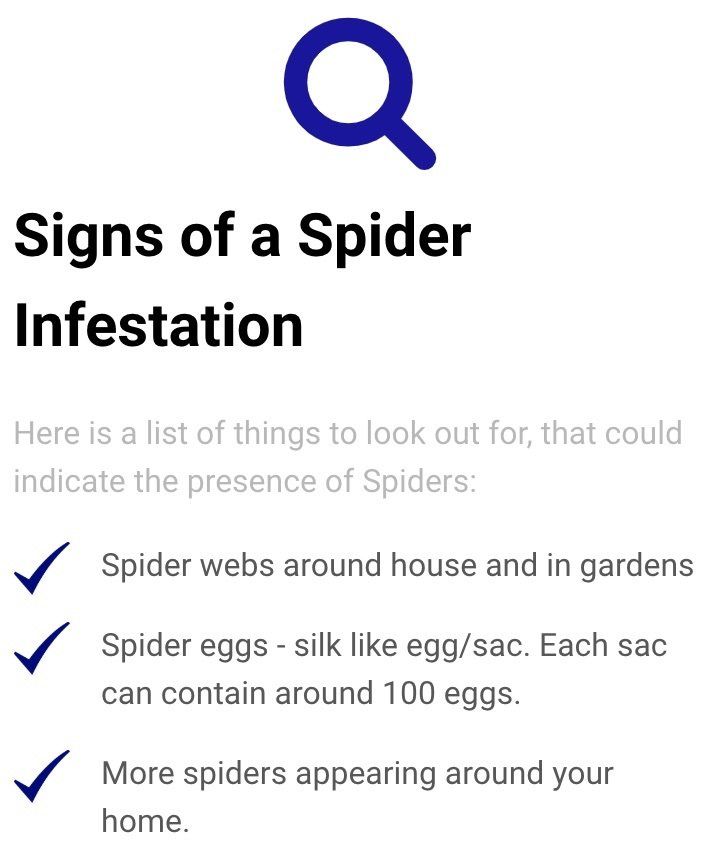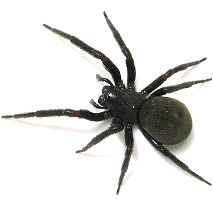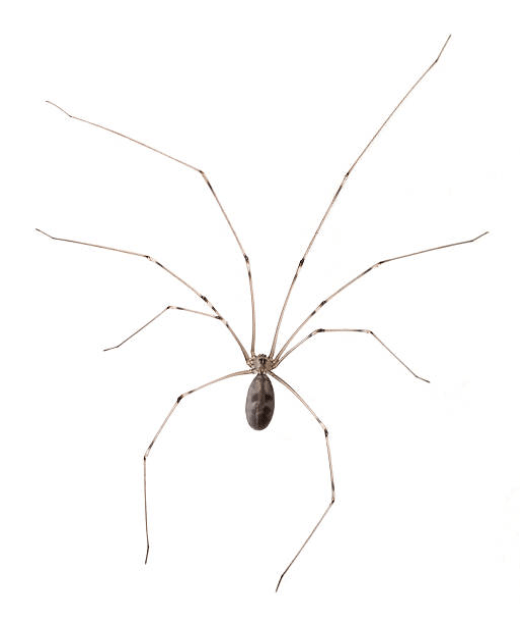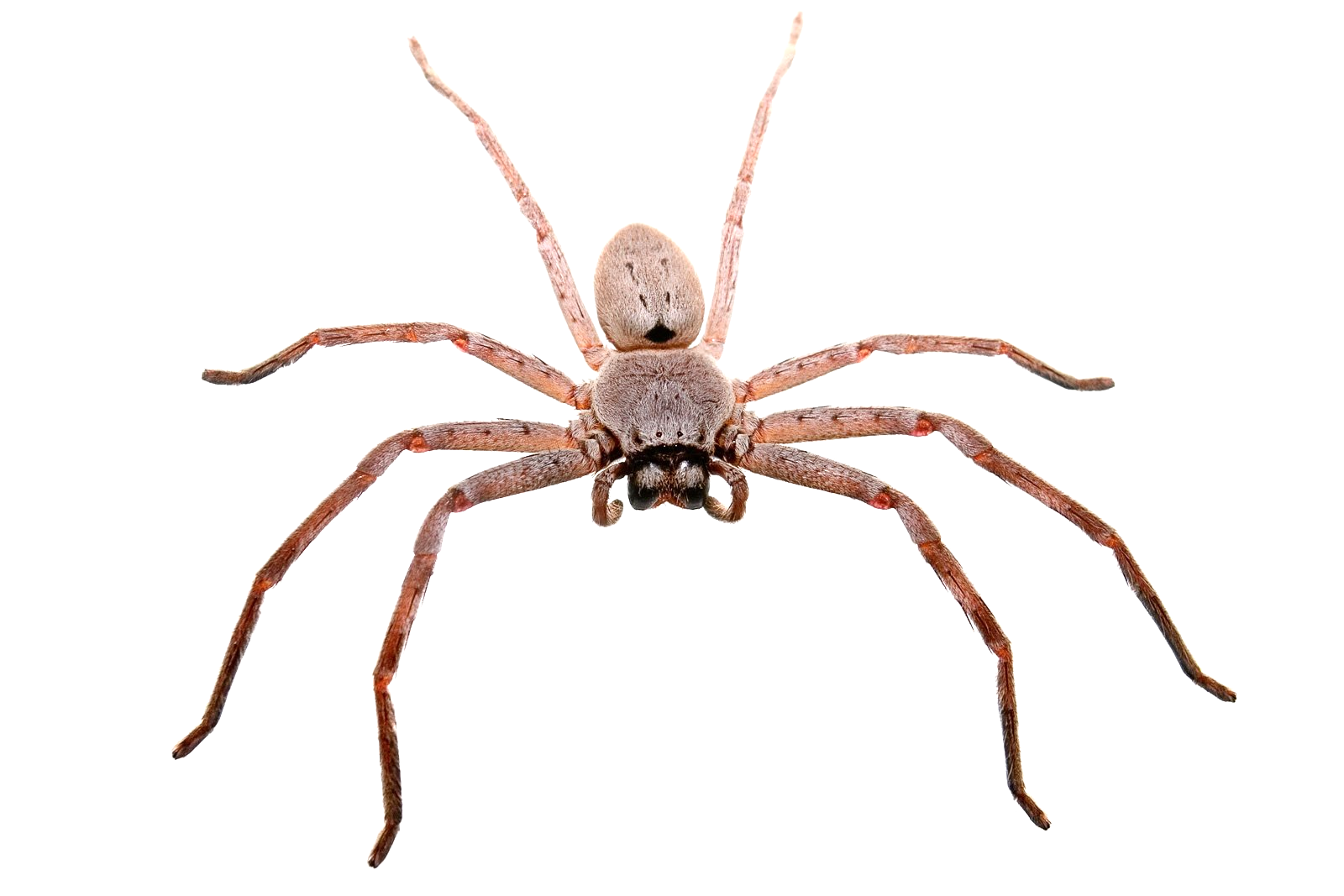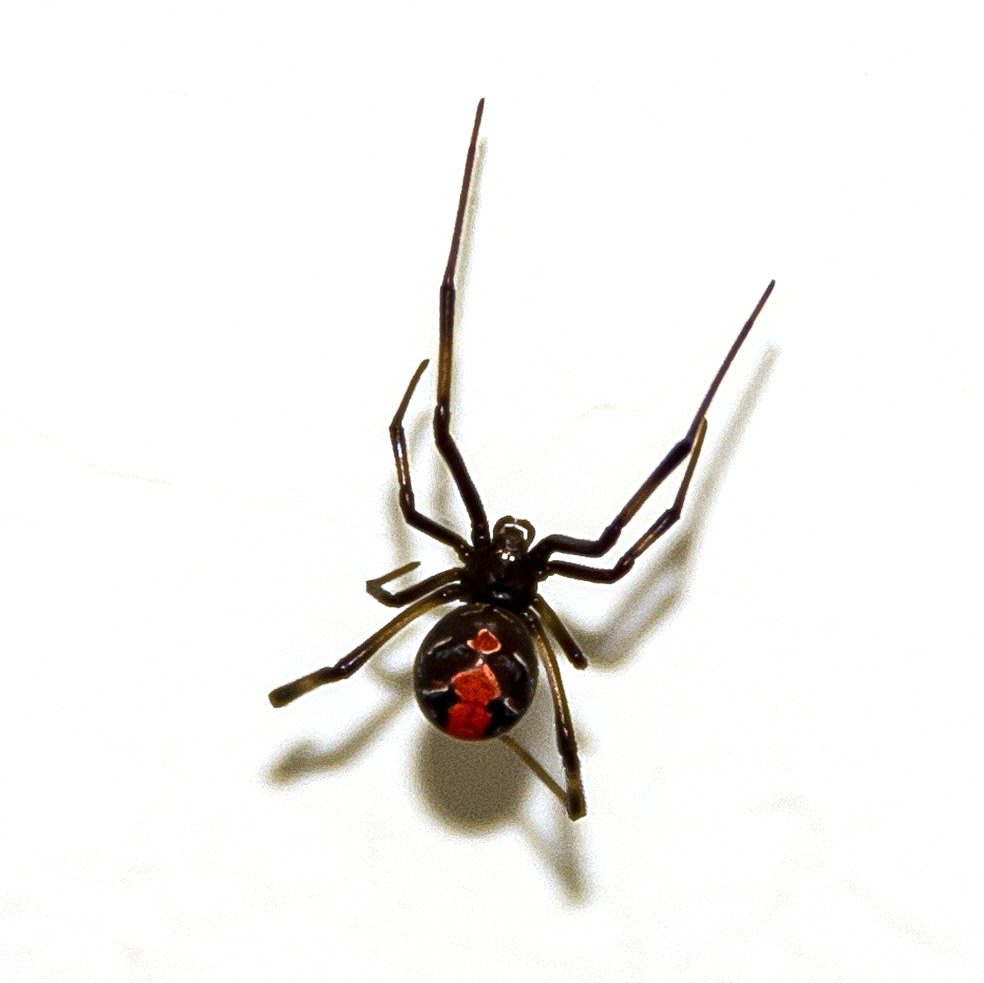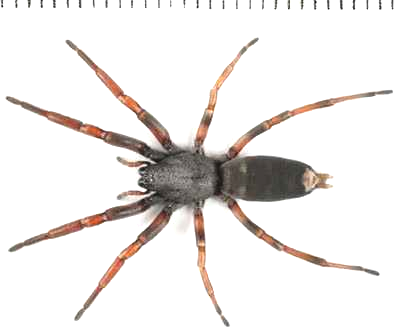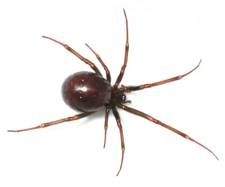Fully Licensed Technicians
Spider Control and Treatment in Perth
They creep around your house, eating tiny insects and bugs. Good? Yes. But they can be a real hazard if you have young children or pets.
Get Prices & Book Online

Three Month FREE Treatment Period
Treatment & Control of Spiders
Webbing Spiders
Hunting Spiders
Ground Dwelling Spiders
Treating and Controlling all Types of Spiders
Spider Treatment Service Agreement
(free treatment period)
Signs of a Spider Infestation

Spider webs around house and in gardens

Spider eggs - silk like egg/sac. Each sac can contain around 100 eggs.

More spiders appearing around your home.
Types of Spiders
Black House Spiders
Daddy-long-legs Spiders
Huntsman Spiders
Redback Spiders
White Tail Spiders
False black widow
01Contact

Local Technicians

24 Hour Phone Service
02 Consult

Family focused

Appointment at a time convenient to you

Solutions tailored to you & your family
03 Treatment

Eco-friendly approach

Child & pet friendly treatments

Solutions tailored to you & your family
04 Aftercare

Three-month service agreement

Guaranteed results

Prevention advice
Stewarts Pest Control -
Who Are We?
We are a family-owned and operated business established in 1954. Being one of the first Pest Control companies in Perth WA, we have almost 70 years’ experience in the industry and pride ourselves on our knowledge, skill and most importantly, our old fashion service. When Phil Stewart founded the business, he knew of the importance of not only the job but the customer. Today we still have the honour of servicing those same customers 60 years...

Slide title
Friendly & Knowledgeable Staff!
Button
Slide title
Pet & Animal-Friendly
Button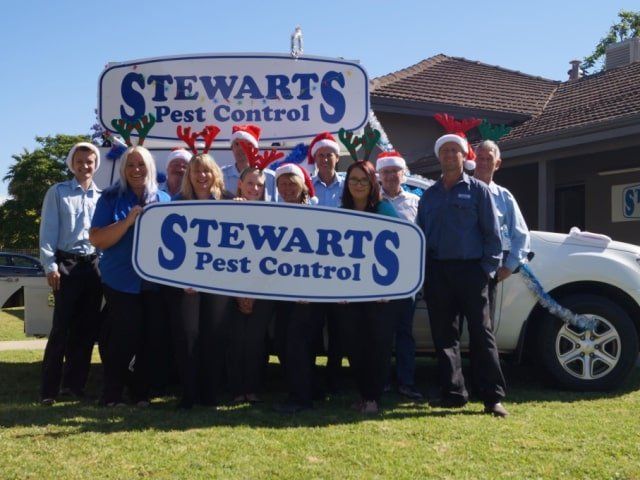
Slide title
Family Owned & Operated
Button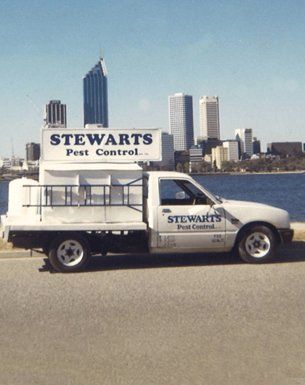
Slide title
We Were One of The First Pest Control Companies In WA!
- Image: 1980's
Button
Slide title
We Service Metro & Rural WA
Button
Slide title
Our Staff All Have There Full WA Pest Control Licences & Are All Police Cleared!
Button
Email:
bookings@stewartspestcontrol.com.au
Phone Service: 24 Hours, 7 Days a week
for bookings and enquiries.
Head Office:
28 Military Rd,
Bellevue WA 6056
PHD LIC 27
